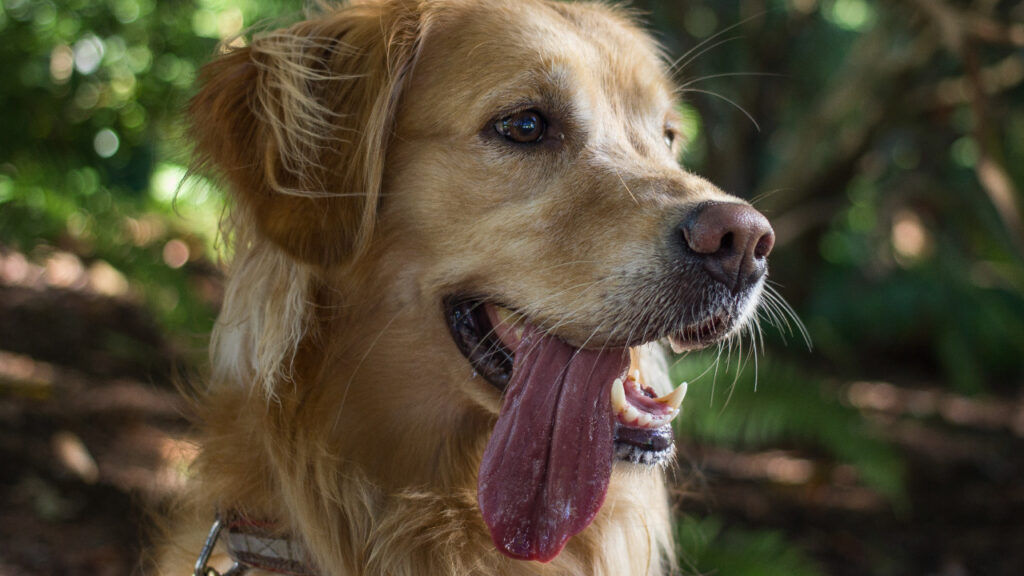Cane toads and your dog

Thanks to a well meaning but fraught decision in 1935, 101 cane toads were brought to Cairns from Hawaii and introduced to Queensland’s sugar cane fields, in order to solve the problem of black beetles that infested sugar cane
The premise was supposed to be simple, release the cane toads and they will eat the black beetles that were damaging sugar cane in QLD. What wasn’t foreseen was that although cane toads ate the black beetles in a controlled environment, when released they liked other food too, actually they liked other food more. And they really liked the conditions in Australia. They breed well here, and together with a lack of predators they have now spread to northern and eastern Australia, and are still spreading. They didn’t do much at all for the black beetle issue either!
The large number of cane toads threaten our native wildlife through competition for food and areas for breeding and shelter. Not only that, they are a threat to predator species, namely animals that eat frogs such as snakes and goannas as the toad toxin is deadly.
Enter, dogs. Whilst as a species they are not at risk from the cane toad invasion, as an individual they are. The inquisitive and scavenging nature of many dogs mean that when they see a cane toad, they will pick them up in their mouth or lick them and as a result they are subject to their deadly toxin which is extruded from glands in their skin.
Signs of toxicosis from a cane toad are initially pawing at the mouth, discomfort and salivation, red gums, then the toxin can cause an abnormal heart rate and rhythm, an elevated body temperature, tremors and seizures.
WHAT TO DO IF YOUR DOG HAS JUST MOUTHED A TOAD
- Rinse his mouth of the toxin. Try with a hose on very LOW pressure (i.e. dripping) pointing from one SIDE of the mouth the the other SIDE (i.e. never pointing it towards the throat as this risks forcing water into the lungs which gives you another problem all together). Have his nose pointing downwards as well to further ensure no water going down the throat. Do this for 5 to 10 minutes. Use a cloth and gently wipe the mouth and tongue as well – the toxin can be very sticky.
- Assess him. If he is comfortable afterwards, not salivating or pawing at his mouth, monitor him inside over the next few hours for any signs of toxicosis.
- No improvement with rinsing? Get veterinary help IMMEDIATELY. This means if he is still salivating, pawing at the mouth, red gums or showing any other signs at any time such as disorientation, shivers, tremors, seizures or muscle stiffness.
IF YOUR DOG HAS TREMORS, SHAKES OR IS HAVING SEIZURES GO STRAIGHT TO YOUR VET IMMEDIATELY.
PREVENTION
There are dogs that are repeat offenders, and there are things you can do to prevent the chance of toad toxicosis:
- Keep your dog inside at night
- Keep your dog inside when it’s raining
- Only allow your dog outside on the lead when there are toads around
- Training whilst on lead with positive rewards not to attack toads.
If you suspect your dog may have had a little nibble at a toad, you can consult one of our vets 24/7 for advice.